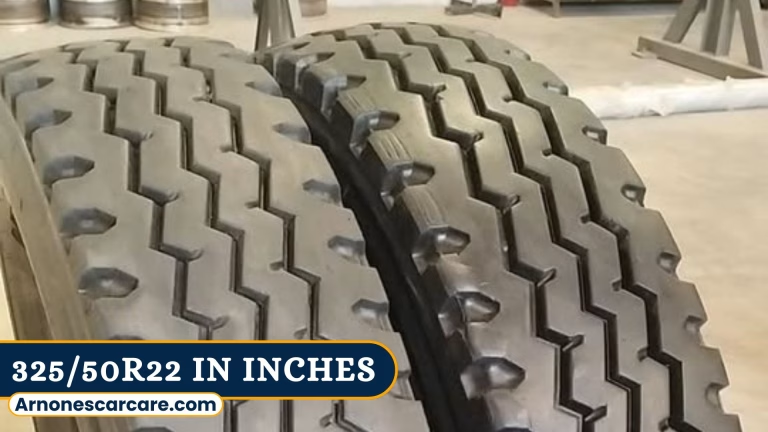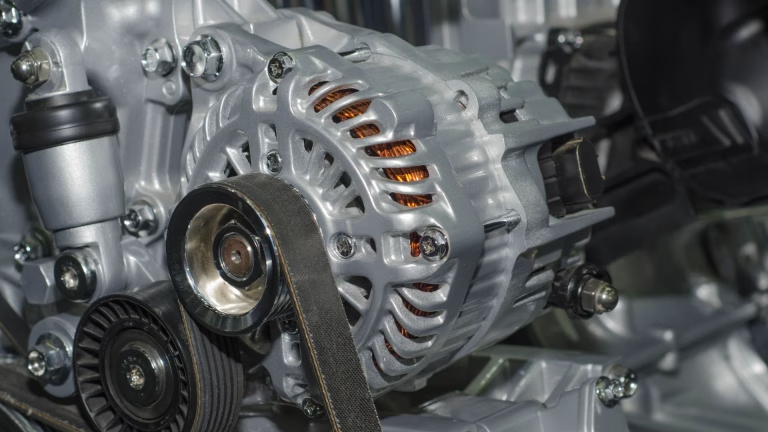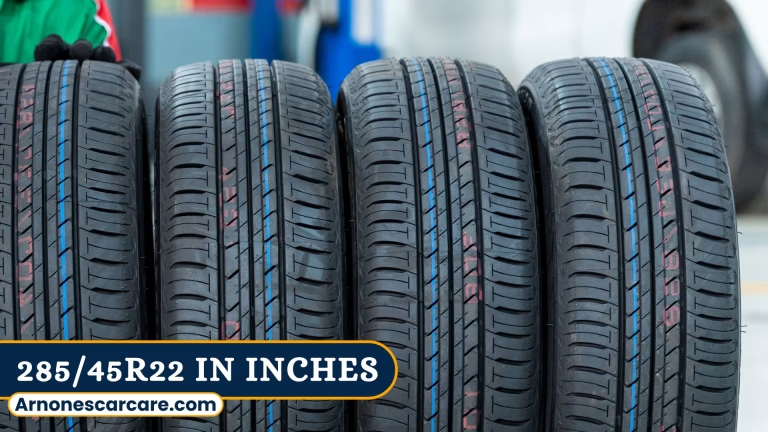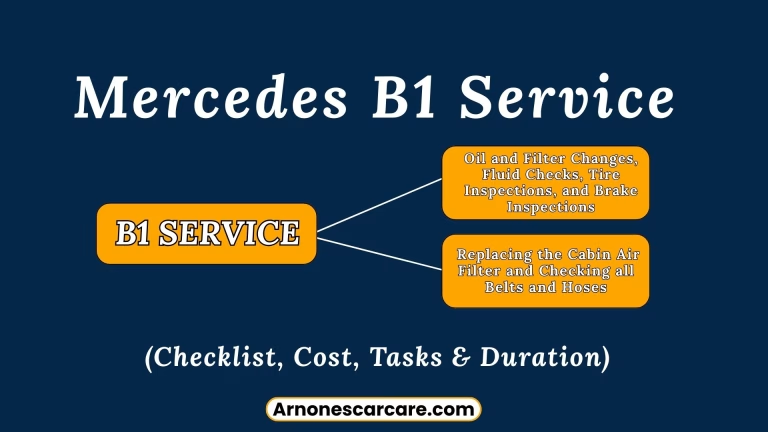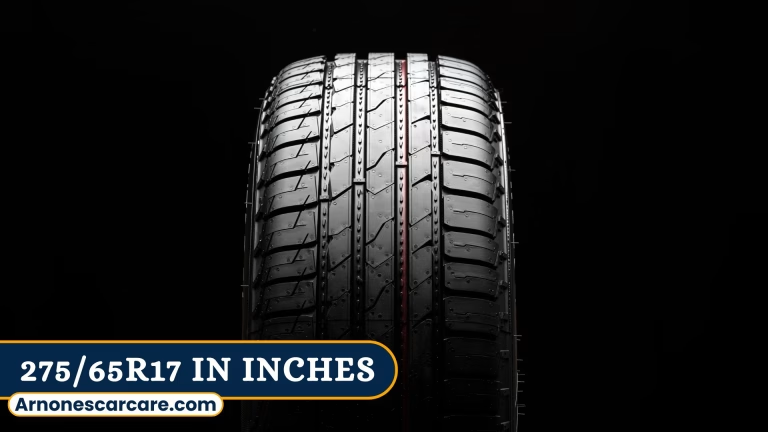
Regular brake inspections are vital to maintaining vehicle safety and preventing accidents. They help identify worn or damaged components early, ensuring brakes perform effectively when needed most. Ignoring brake maintenance can lead to reduced stopping power and increased risk on the road.
Many drivers underestimate how quickly brake parts can degrade. Routine checks can reveal issues like fluid leaks, pad wear, or rotor damage before they become serious problems. This proactive approach not only extends the life of the braking system but also enhances overall driver confidence.
Staying ahead of brake problems through inspections saves time and money by avoiding costly repairs later. A well-maintained braking system is essential for reliable vehicle control and road safety.
Key Takeaways
- Regular inspections detect brake system issues early.
- Brake maintenance improves vehicle stopping ability.
- Preventative care reduces future repair costs.
The Critical Role of Brake Inspections in Road Safety
Brake inspections help identify wear and potential faults early, ensuring brakes perform reliably under all conditions. Detecting issues before they worsen minimizes the chance of sudden failures and supports consistent stopping power, which is crucial for both everyday driving and emergency situations.

Preventing Brake System Failures
Brake inspections catch problems like worn brake pads, leaking brake fluid, or corroded components before they cause failure. Technicians check for uneven pad wear, brake line integrity, and rotor condition to ensure the system functions correctly.
Early detection of small issues prevents complete brake failure, reducing costly repairs and safety hazards.
Engineers stress that neglecting inspections increases the risk of brake fade, where braking power diminishes during use. Regular checks verify that all parts meet safety standards and operate as intended.
Reducing Accident Risks Through Timely Checks
Routine brake inspections help maintain optimal stopping distance by ensuring key components work well together. Faulty brakes can lengthen stopping distance, especially on wet or slippery roads, raising the chance of collisions.
Brake inspections include assessing hydraulic pressure and brake fluid condition to confirm quick response times. Drivers with well-maintained systems have a measurable reduction in accident odds.
Technicians also look for warning signs such as unusual noises or vibrations. Addressing these signs promptly decreases the likelihood of brake-related incidents.
Extending the Lifespan of Brake Components
Regular inspections highlight parts that need cleaning, lubrication, or replacement, preserving overall system durability. Brake pads and rotors last longer when monitored and serviced routinely.
Keeping brake fluid fresh and free of contaminants prevents corrosion and brake system damage. Early intervention reduces wear on expensive components.
Scheduled brake inspections allow vehicle owners to plan maintenance, avoiding sudden breakdowns and extending component life in cost-effective ways.
Best Practices and Indicators for Regular Brake Inspections
Regular brake inspections help identify wear and potential failures early. Timely checks reduce the risk of accidents and costly repairs. Knowing when to inspect and choosing the right service provider ensures optimal brake performance.

Signs Your Vehicle Needs Immediate Brake Inspection
Unusual noises during braking, such as squealing or grinding, indicate worn brake pads or damaged rotors. A soft or spongy brake pedal can signal air in the brake lines or fluid leaks.
If the vehicle pulls to one side when braking, this may point to uneven brake pad wear or caliper issues. Warning lights on the dashboard also require prompt attention. Any vibration felt in the steering wheel or brake pedal during braking suggests warped rotors or other mechanical failures.
Recommended Maintenance Schedules
Most manufacturers advise brake inspections every 12,000 miles or once a year. However, drivers in urban areas with frequent stop-and-go traffic may require more frequent checks every 6,000 to 8,000 miles.
Brake pads generally last between 25,000 and 70,000 miles depending on driving habits and conditions. Regular fluid replacement every two years helps prevent moisture buildup that degrades braking efficiency. Following the vehicle’s owner manual for brake maintenance intervals is crucial.
Choosing a Qualified Brake Service Provider
Selecting a certified mechanic or service center specializing in brakes is essential for reliable inspections. Technicians should use calibrated tools and follow manufacturer brake system guidelines.
Look for providers with positive customer reviews and transparent pricing. Certified services often provide detailed reports after inspections, outlining necessary repairs clearly. Avoid quick brake fixes without proper diagnostics, as improper servicing can jeopardize safety.

